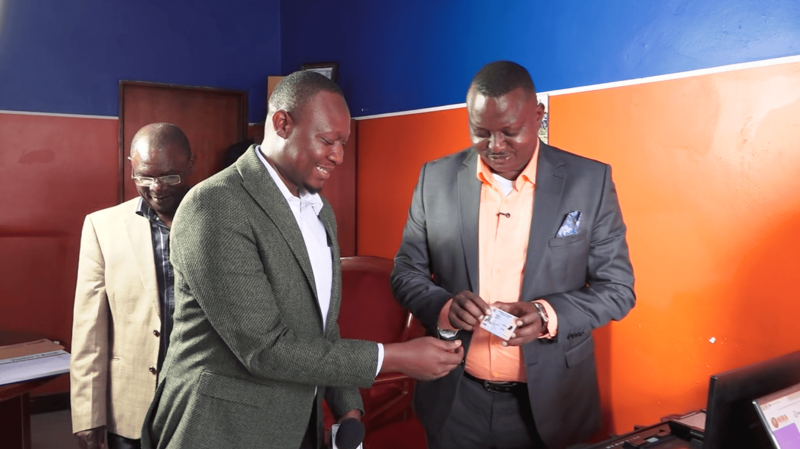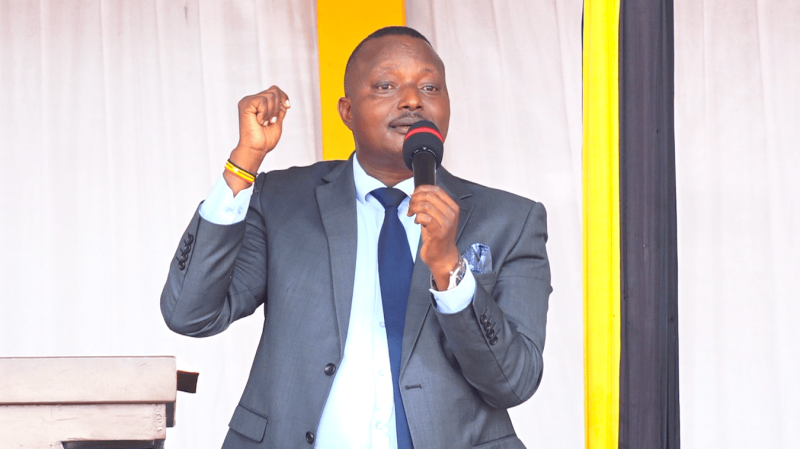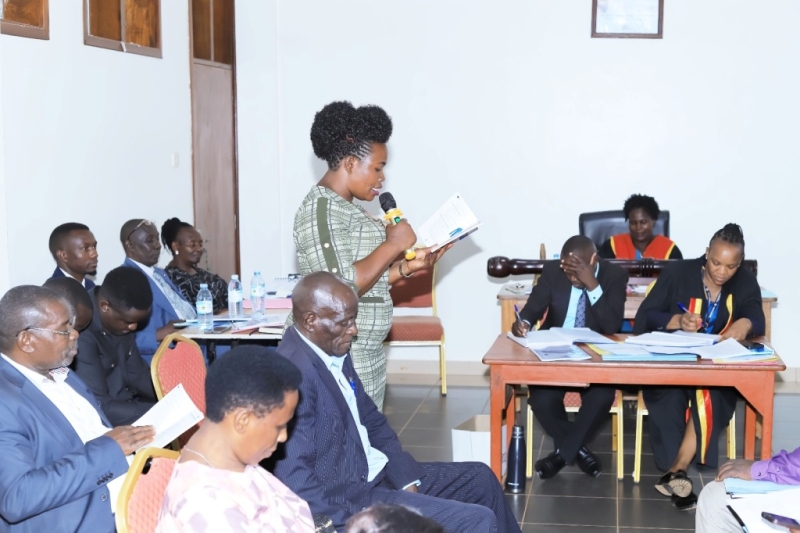At least eleven people have been killed during anti-government protests in Kenya and 567 arrested, police said. Police opened fire on demonstrators, in a bid to overpower the protesters. The demonstrations mark the 35th anniversary of the historic Saba Saba - meaning "seven-seven" - protests of 7 July 1990, which launched Kenya's push for multi-party democracy.
Police released a statement on Monday evening praising officers for "exceptional restraint and professionalism in the face of sustained violence and provocation".
Over 52 police officers and 11 civilians had been wounded. The state-run Kenya National Commission on Human Rights (KHRC) earlier said at least 10 people had been killed.
In a scathing report, it accused police of using excessive force, as has frequently been the case during the current wave of protests.
"Police operated in plainclothes and unmarked vehicles" on Monday and collaborated with "armed criminal gangs in Nairobi, Kajiado, Nakuru, Kiambu, and Eldoret", it said. The police have previously denied such accusations.
It added that it had evidence that at least two people had been abducted, as well as reporting 29 injuries and 37 arrests in towns across the country.
From early in the morning, hundreds of commuters and overnight travellers were stranded at checkpoints, some more than 10km from the city center, with only a few vehicles allowed through.
Roads leading to key government sites - including the president's official residence, State House, and the Kenyan parliament - were barricaded with razor wire.
Some schools advised students to stay at home.
But clashes broke out in parts of the capital as demonstrators lit fires and attempted to breach police cordons. Officers responded with tear gas and water cannons.













